.T within groupby
def tgrp(df):
df = df.drop('Name', axis=1)
return df.reset_index(drop=True).T
df2.groupby('Name').apply(tgrp).unstack()

Explanation
groupby returns an object that contains information on how the original series or dataframe has been grouped. Instead of performing a groupby with a subsquent action of some sort, we could first assign the df2.groupby('Name') to a variable (I often do), say gb.
gb = df2.groupby('Name')
On this object gb we could call .mean() to get an average of each group. Or .last() to get the last element (row) of each group. Or .transform(lambda x: (x - x.mean()) / x.std()) to get a zscore transformation within each group. When there is something you want to do within a group that doesn't have a predefined function, there is still .apply().
.apply() for a groupby object is different than it is for a dataframe. For a dataframe, .apply() takes callable object as its argument and applies that callable to each column (or row) in the object. the object that is passed to that callable is a pd.Series. When you are using .apply in a dataframe context, it is helpful to keep this fact in mind. In the context of a groupby object, the object passed to the callable argument is a dataframe. In fact, that dataframe is one of the groups specified by the groupby.
When I write such functions to pass to groupby.apply, I typically define the parameter as df to reflect that it is a dataframe.
Ok, so we have:
df2.groupby('Name').apply(tgrp)
This generates a sub-dataframe for each 'Name' and passes that sub-dataframe to the function tgrp. Then the groupby object recombines all such groups having gone through the tgrp function back together again.
It'll look like this.

I took the OP's original attempt to simply transpose to heart. But I had to do some things first. Had I simply done:
df2[df2.Name == 'Jane'].T

df2[df2.Name == 'Joe'].T

Combining these manually (without groupby):
pd.concat([df2[df2.Name == 'Jane'].T, df2[df2.Name == 'Joe'].T])

Whoa! Now that's ugly. Obviously the index values of [0, 1, 2] don't mesh with [3, 4]. So let's reset.
pd.concat([df2[df2.Name == 'Jane'].reset_index(drop=True).T,
df2[df2.Name == 'Joe'].reset_index(drop=True).T])

That's much better. But now we are getting into the territory groupby was intended to handle. So let it handle it.
Back to
df2.groupby('Name').apply(tgrp)
The only thing missing here is that we want to unstack the results to get the desired output.







